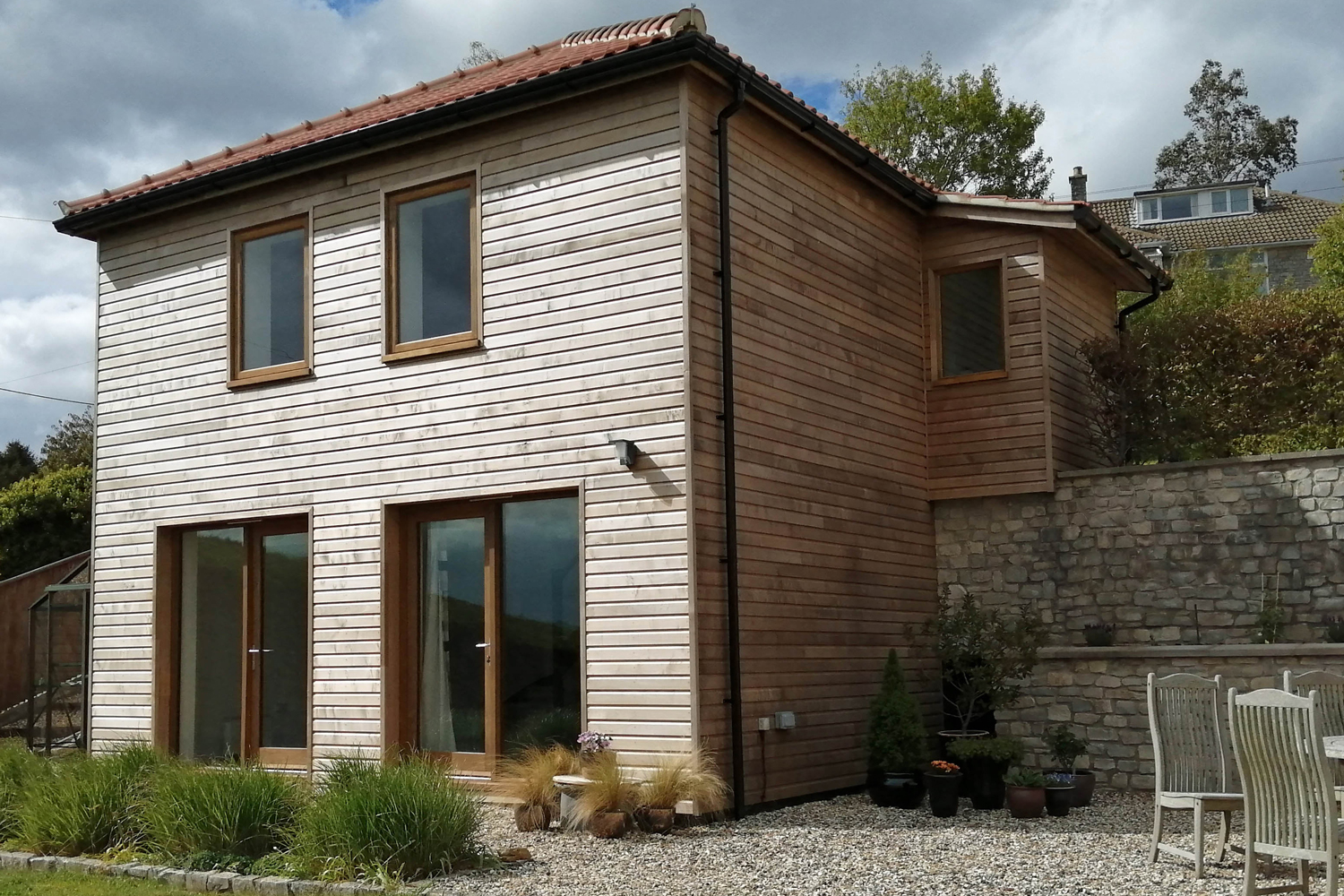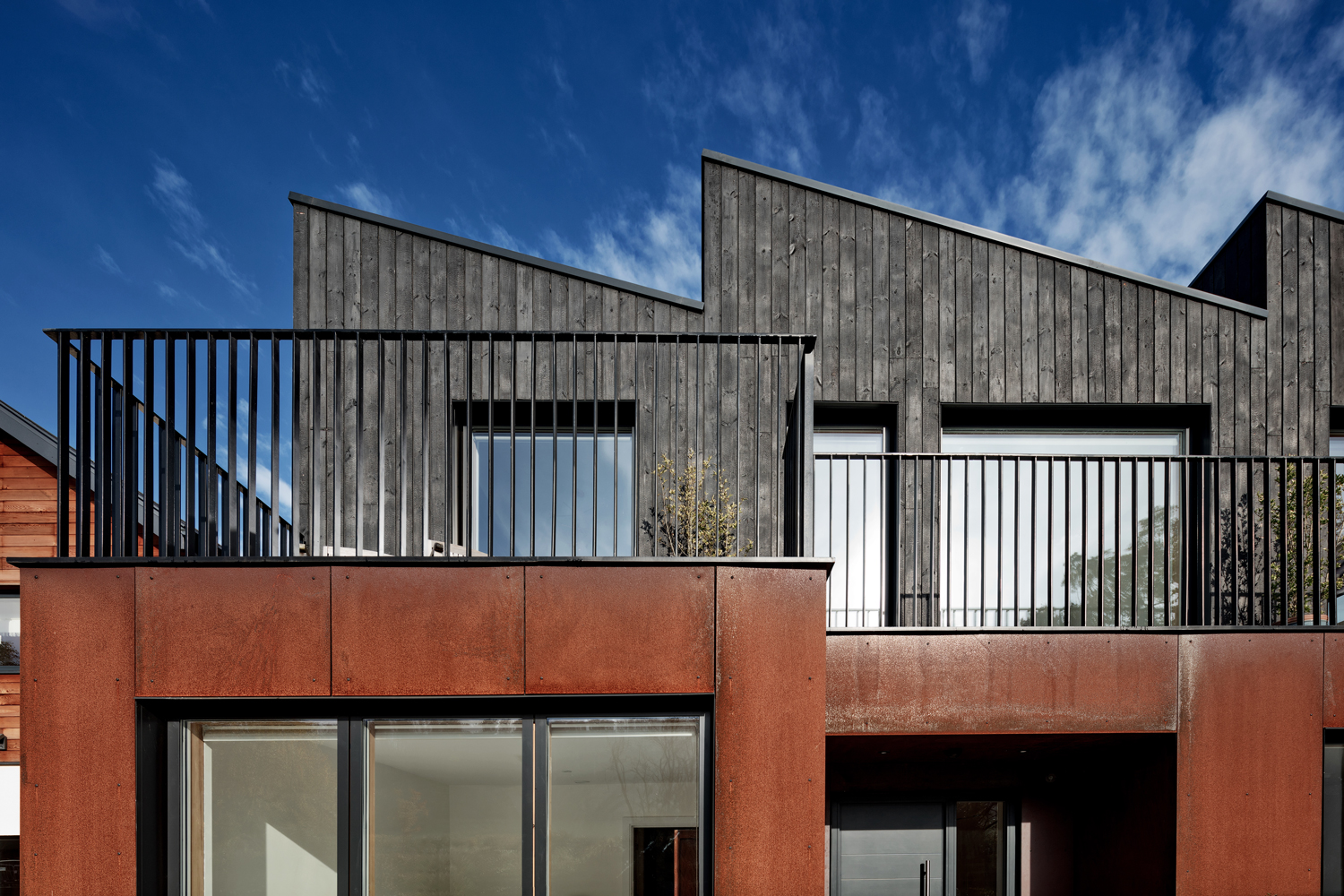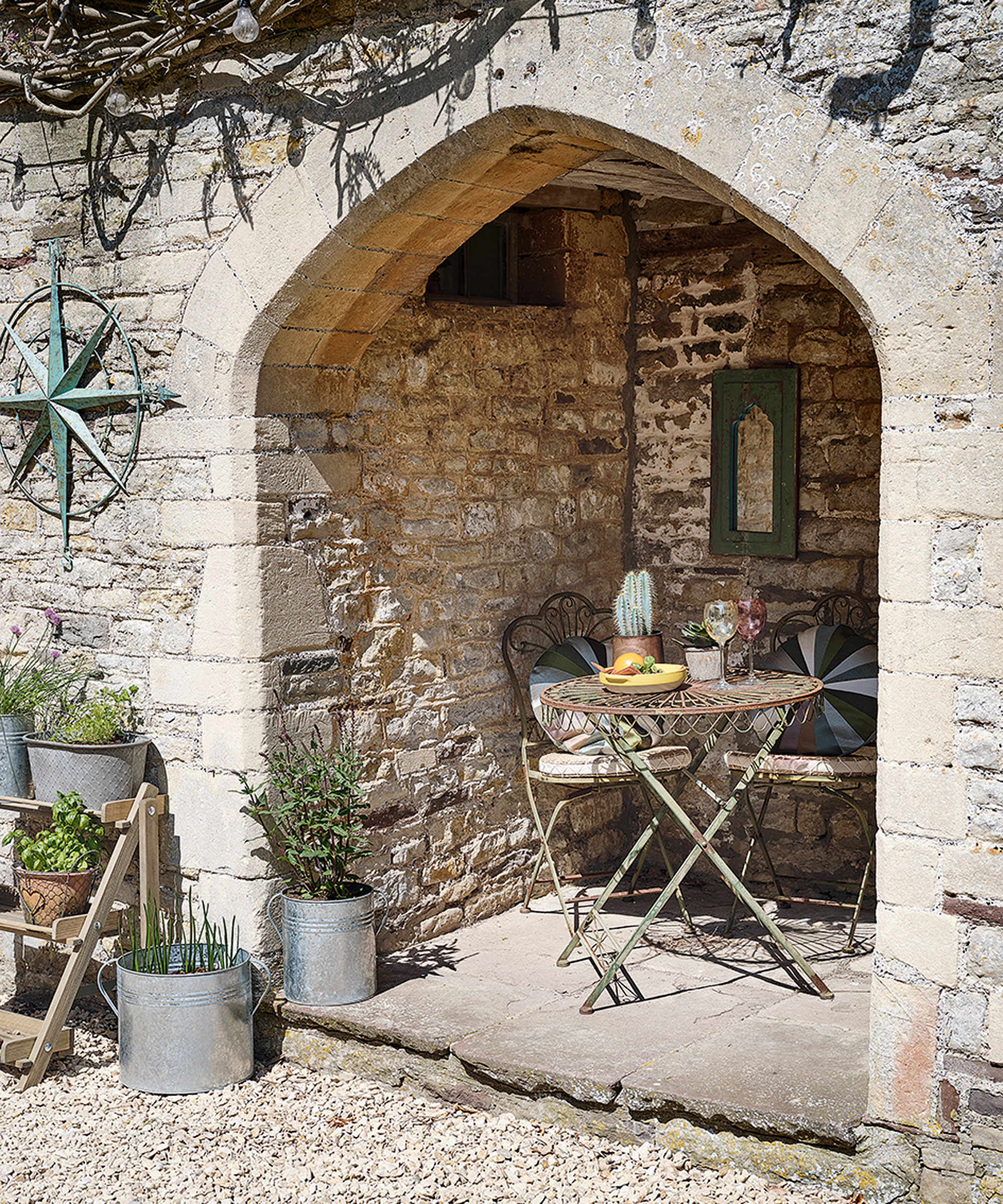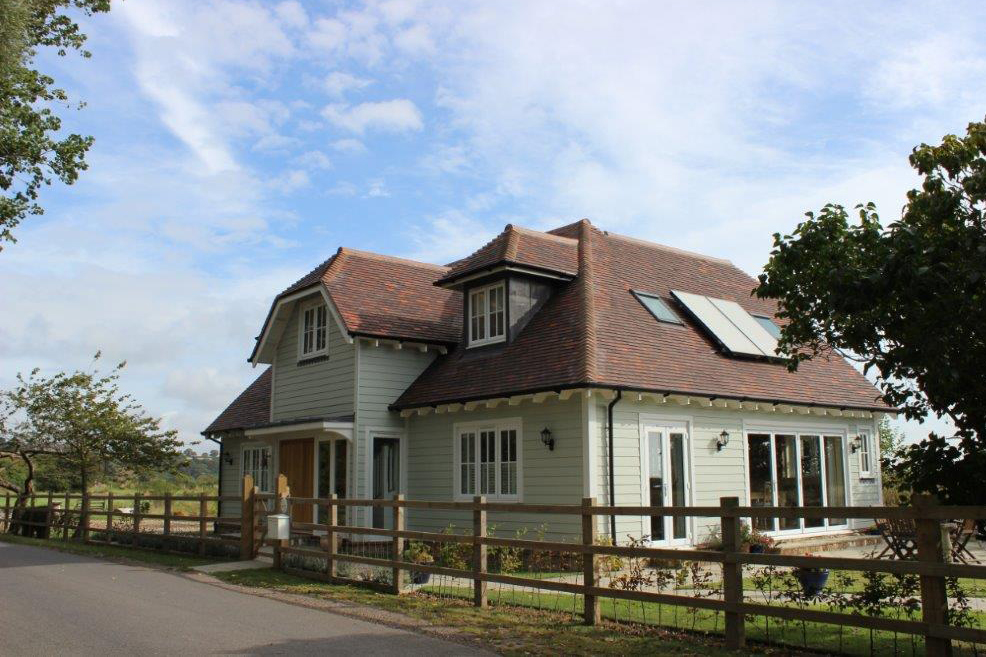A guide to exterior cladding – everything you need to know
Protect the structure, provide insulation and elevate your home's exterior with these attractive exterior cladding options


Whether your property is country, coastal or more contemporary, there’s a multitude of attractive, sympathetic exterior cladding styles to suit different budgets and buildings, and enhance a modern or period home. What's more, exterior cladding is often said to be one of the best ways to add value to a home, so you'll want to make sure that you get it right – first time.
Do I need planning permission for exterior cladding?
Exterior cladding may fall under ‘permitted development’ provided the materials are of a similar appearance to those used in the construction but it depends on the extent of the work.
If you live in a townhouse or semi-detached property, you will need to consider the impact on your neighbors. So check with your local authority before starting any work. Apply for planning permission if you live in a Conservation Area, a National Park, or an Area of Outstanding Natural Beauty.

Will exterior cladding add value?
It is known to be an architectural feature that adds value to your home. ‘Great design always increases the value of a property,’ says Fanis Anastasiadis, Lead Architect, Facit Homes.
‘If the cladding material is functional, high quality and adds to the aesthetic, then the envelope of the house is better protected thus increasing the property value and reducing maintenance costs for the foreseeable future. However, without a great design even expensive materials won't necessarily raise the value.’
What should I consider when it comes to cladding?
Firstly, is it necessary? The carbon footprint of building materials is receiving more attention, although not currently regulated. Will the cost and carbon contribution outweigh any potential benefits, such as insulation, lower energy bills or saleability?
Also, consider the period and style of your home, as well as the surrounding architecture, and any maintenance required. ‘Planning policies and the context of an area often dictate the material palette,’ says Fanis Anastasiadis, Lead Architect, Facit Homes.
Design expertise in your inbox – from inspiring decorating ideas and beautiful celebrity homes to practical gardening advice and shopping round-ups.
'There are two main approaches, especially in areas with a specific look; ‘blend in’ where the building aims to look a part of the scenery. Or the ‘distinct contrast’ approach where it will be obviously contemporary but with references to the existing built environment. Depending on the locality, a design might work, but could be refused because it would look out of place.’

What is the best material for external cladding?
Timber can be used as horizontal boards, or vertically or horizontally for a contemporary style. ‘A popular choice is to contrast sections in render with sections in silver timber cladding. Naturally durable timbers such as larch, cedar and oak require no treatment to maintain them and many customers find this beneficial,’ says Tom Barnes, Managing Director, Vastern Timber.
‘Locally-grown and modified timbers – processed to enhance durability – are an excellent alternative to imported hardwoods, which customers now avoid due to environmental concerns.’

From the pale limestone of classical buildings to the dark flint of rural cottages, stone has been used for centuries as a building material and conveys a sense of permanence. Choosing a local stone will ensure its sympathetic to the area and reduce its ‘embodied energy’. However, stone is an expensive option, so consider a stone clad section or gable end instead of a full facade.
‘Natural stone is permeable and breathable, so great for letting moisture go from the building. It’s also robust and hardwearing making it a long lasting investment,’ says Daniel Wilson, Director, Stamford Stone. ‘If the right material is specified and installed correctly it can be enjoyed for many lifetimes.’

Treated metal (aluminium, zinc, steel) is low maintenance and offers the chance to create an individual design. However it has high embodied carbon due to the fabrication process, so consider the longevity of the design.
It’s available flat, corrugated, in panels or other profiles, and can be laid vertically, horizontally or diagonally to suit your tastes. It’s a specialist task, so consult an architect.
‘With its robust finish and sense of solidness and security, metal compliments timber and stone beautifully and can be coated with any RAL color to match a specific palette,’ says Fanis Anastasiadis, Facit Homes. ‘Untreated COR-TEN steel ages beautifully from dark brown to bright red to a reddish brown. It’s also low maintenance and compliments other natural materials.’

Tiles, particularly vertically-hung clay tiles, are a traditional feature on houses in parts of New England, usually on the upper storeys. With their array of decorative details, they can provide a sympathetic design, however will need fixings appropriate to the type of wall to prevent water ingress. Stone tiles such as split face slate offer a contemporary look and are often applied in sections as a feature. Maintenance-wise pointing or mortar fillets will need upkeep from time to time.

The smooth painted finish of traditional sand and cement render is a popular choice on period homes, both for weather protection and its elegant appearance, however, it requires regular repainting.
Lime render has seen a resurgence and is the best option for old houses or conservation work, where a breathable finish is essential. Some renders, such as newcomer, monocouche, are available ‘through-colored’, and although more costly, you won't have to repaint regularly.

Fibre-cement (weatherboards) resemble painted timber, and due to their composition are rot, fire and weather-resistant. Starting from around $40 (£30) per sq m, they’re an affordable option, can be used vertically or horizontally, are available in 20+ colors and do not require repainting.
‘For the classic New England look go for a lap wood-look exterior in white, cream or blue, with white trims,’ says Lisa Grosse, Cedral. ‘Beige is back in a big way in interiors and has also filtered to the exterior or property. Color choices also coming to the fore are sage-green, grey-brown, blue-grey and sand-yellow.’

Are there any other exterior cladding styles?
‘On modern architecture, vertically hung cladding boards with shadow gaps using clean knot-free wood looks impressive,’ says Tom Barnes, Vastern Timber.
‘For a country home, rough-sawn feather-edge or waney-edge cladding offers a rustic aesthetic.’
Do I need professional installation for exterior cladding?
Yes, although timber or weatherboard cladding could potentially be undertaken by a skilled DIYer, who is prepared for a challenging task.

Jennifer is the Digital Editor at Homes & Gardens, bringing years of interiors experience across the US and UK. She has worked with leading publications, blending expertise in PR, marketing, social media, commercial strategy, and e-commerce. Jennifer has covered every corner of the home – curating projects from top interior designers, sourcing celebrity properties, reviewing appliances, and delivering timely news. Now, she channels her digital skills into shaping the world’s leading interiors website.